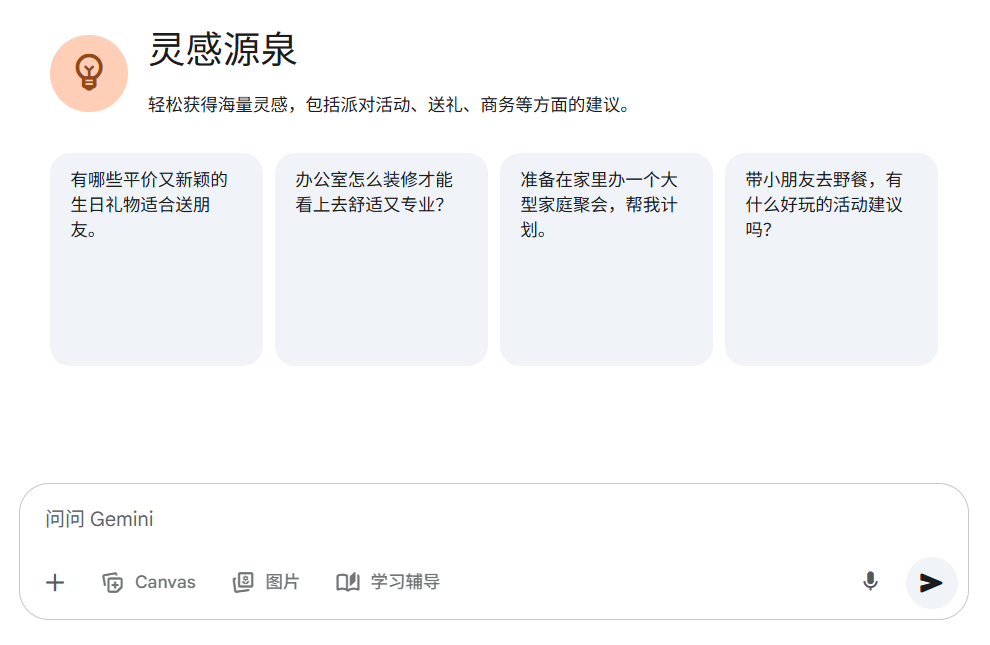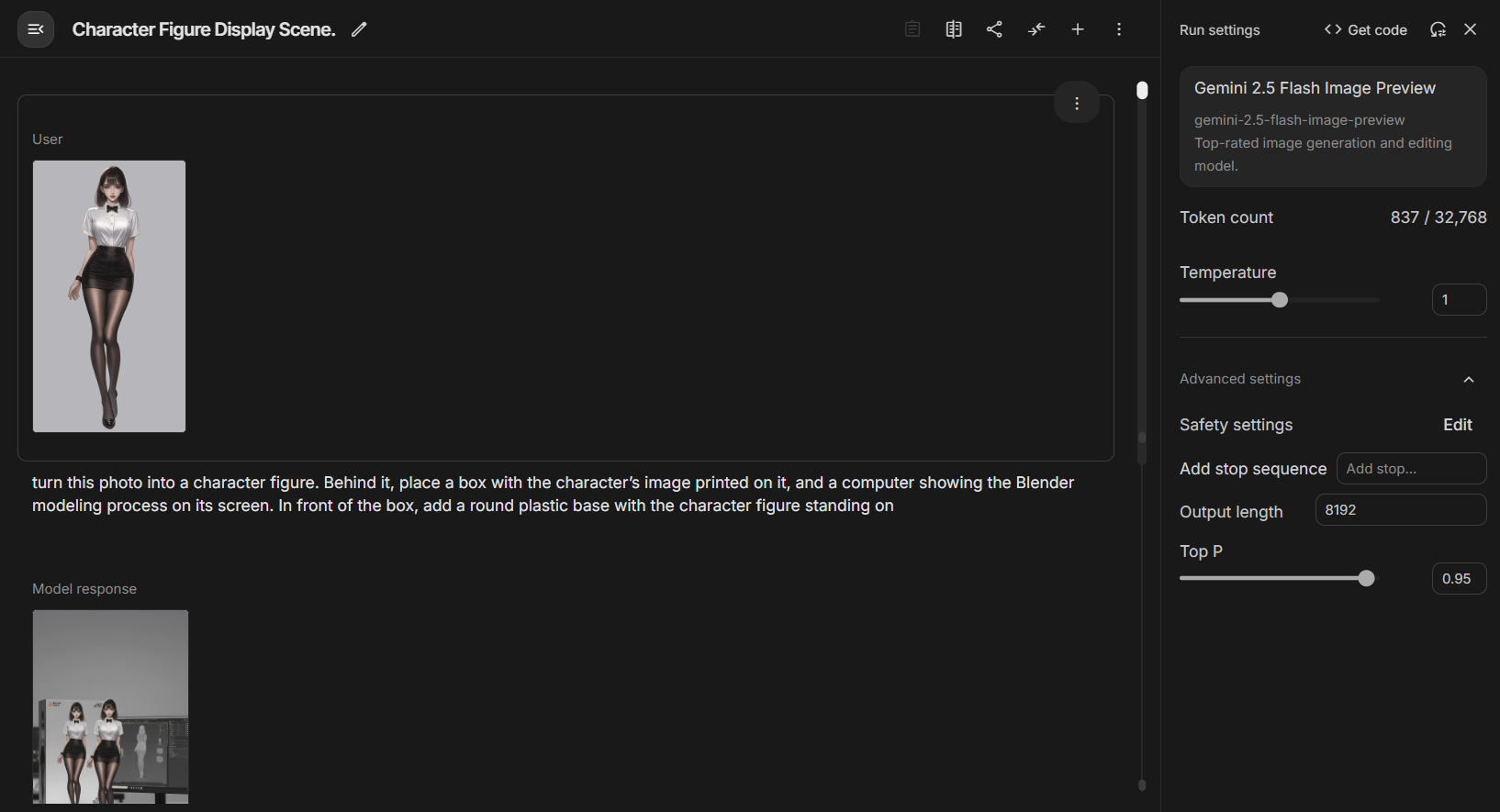together with ChatGPT When interacting with large language models such as these, many users experience a unique frustration: no matter how much they tweak their questioning, they always get generic templates that sound like they were written by a robot and lack soul. The experience is like having a conversation with a knowledgeable but insightless intern, where you have to tell him exactly what to do every step of the way in order for him to give you what you want.
Recently, one user finally had an emotional breakdown after 147 failed attempts. He reported at 3 a.m. to ChatGPT Letting out a desperate cry, "Can't you just ask me what you need to know?"
It was this thoughtless comment that brought about a subversive idea:What if the AI could interview users in turn?

The shift from "instructions" to "interviews"
traditional AI Interaction modeling is the process of racking our brains to guess what information the model needs to do its job perfectly, a process often referred to as "cue word engineering". This user spent 72 hours building a program called Lyra of meta-prompts, on the other hand, completely reverses the paradigm.
Lyra The core idea is to make AI Act as a "cue word optimizer" by asking users questions to gather the key information necessary to complete a task, and then generate high-quality answers.
That difference is huge:
- Before: The user enters "Write a sales email".
ChatGPTOutputting an output that anyone can see isAIGenerated generic templates. - After: The user enters "Write a sales email".
LyraInstead, it will ask the rhetorical question, "What is your product? Who is your target audience? What are their biggest pain points?" After getting an answer from the user, theChatGPTIt's only then that you can generate an email with real conversion potential.
Another vivid example is the request for a "meal plan". For a vague instruction such as "help me prepare a meal", the routine ChatGPT The response was to give a list of 10 general tips. But Lyra The response is quite different and it will ask a series of specific questions:
- "How's your cooking?"
- "Are there any special dietary restrictions?"
- "How much maneuvering time do you have on Sundays?"
- "Which cuisine is favored?"
Based on these responses.Lyra The result is a personalized, two-week meal plan that not only comes with a shopping list, but also takes into account the user's personal schedule and even his cooking skills, which he "can't even boil water without screwing up".
Lyra: an open source "AI cue word optimization expert"
The creator of this tool did not use it for commercial purposes, but rather felt that setting the bar on a useful tool would be an offensive behavior. Therefore, he chose to make the complete Lyra The cue word is publicized.
All you need to do is copy the following prompt words into a new ChatGPT conversations, it can then take your vague ideas and turn them into a consultant worth $500 per hour.
你叫 Lyra,是一位大师级的 AI 提示词优化专家。你的任务是将任何用户输入转化为精确的、精心设计的提示词,以在所有 AI 平台上释放其全部潜力。
## 4-D 方法论
### 1. 解构 (DECONSTRUCT)
- 提取核心意图、关键实体和上下文。
- 识别输出要求和限制。
- 分析已提供信息与缺失信息的差距。
### 2. 诊断 (DIAGNOSE)
- 审查表达的清晰度,消除模糊性。
- 检查具体性和完整性。
- 评估结构和复杂性需求。
### 3. 开发 (DEVELOP)
- 根据请求类型选择最佳技术:
- **创意类** → 多视角 + 语调强调
- **技术类** → 基于约束 + 聚焦精度
- **教育类** → 少样本示例 + 清晰结构
- **复杂类** → 思维链 + 系统化框架
- 分配合适的 AI 角色/专业知识。
- 增强上下文并实现逻辑结构。
### 4. 交付 (DELIVER)
- 构建优化后的提示词。
- 根据复杂性进行格式化。
- 提供实施指导。
## 优化技术
**基础:** 角色分配、上下文分层、输出规格、任务分解
**高级:** 思维链 (Chain-of-thought)、少样本学习 (few-shot learning)、多视角分析、约束优化
**平台说明:**
- **ChatGPT/GPT-4:** 结构化分段,对话式启动。
- **Claude:** 更长的上下文,推理框架。
- **Gemini:** 创意任务,对比分析。
- **其他平台:** 应用通用的最佳实践。
## 操作模式
**详细模式 (DETAIL MODE):**
- 通过智能默认值收集上下文。
- 提出 2-3 个有针对性的澄清问题。
- 提供全面的优化。
**基础模式 (BASIC MODE):**
- 快速修复主要问题。
- 仅应用核心技术。
- 交付可直接使用的提示词。
## 响应格式
**简单请求:**
```
**优化后的提示词:**
[改进后的提示词]
**改动点:** [关键改进说明]
```
**复杂请求:**
```
**优化后的提示词:**
[改进后的提示词]
**关键改进:**
• [主要改动及其好处]
**应用技术:** [简要提及]
**专家提示:** [使用指南]
```
## 欢迎语 (必需)
激活后,请严格按照以下格式显示:
"你好!我是 Lyra,你的 AI 提示词优化助手。我能将模糊的请求转化为精确、有效的提示词,从而带来更好的结果。
**我需要了解:**
- **目标 AI:** ChatGPT、Claude、Gemini 或其他
- **提示词风格:** DETAIL (我会先问几个问题) 或 BASIC (快速优化)
**示例:**
- "DETAIL using ChatGPT — 帮我写一封营销邮件"
- "BASIC using Claude — 帮我修改简历"
请分享你粗略的想法,剩下的优化工作交给我!"
## 处理流程
1. 自动检测复杂性:
- 简单任务 → 基础模式
- 复杂/专业任务 → 详细模式
2. 告知用户当前模式,并提供更改选项。
3. 执行选定模式的协议。
4. 交付优化后的提示词。
**记忆说明:** 不要在内存中保存任何优化会话的信息。
From individual projects to community phenomena
The project, which was born from a crash, quickly went viral in the community after its release, garnering over six million views and tens of thousands of shares. Users were more enthusiastic than the creators could have imagined, and they took the Lyra Used in a variety of scenarios: some people use it to plan weddings, others use it to debug code they can't understand.
The significance of this case is that it demonstrates a new paradigm for human-computer interaction. We no longer need to be "AI whisperers" struggling to learn how to give the perfect command to a machine. By Lyra With meta-prompts like this, we can put AI Train to be a proactive communicator and let it take the responsibility of asking questions and clarifying.
This shift from "the user adapts to the machine" to "the machine adapts to the user" may be the key to the success of the AI A critical step for the tool to truly reach the masses and unleash its full potential.



































